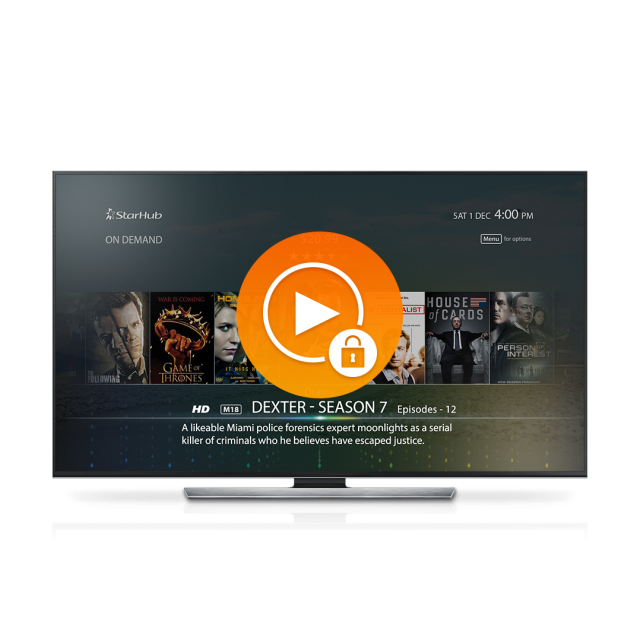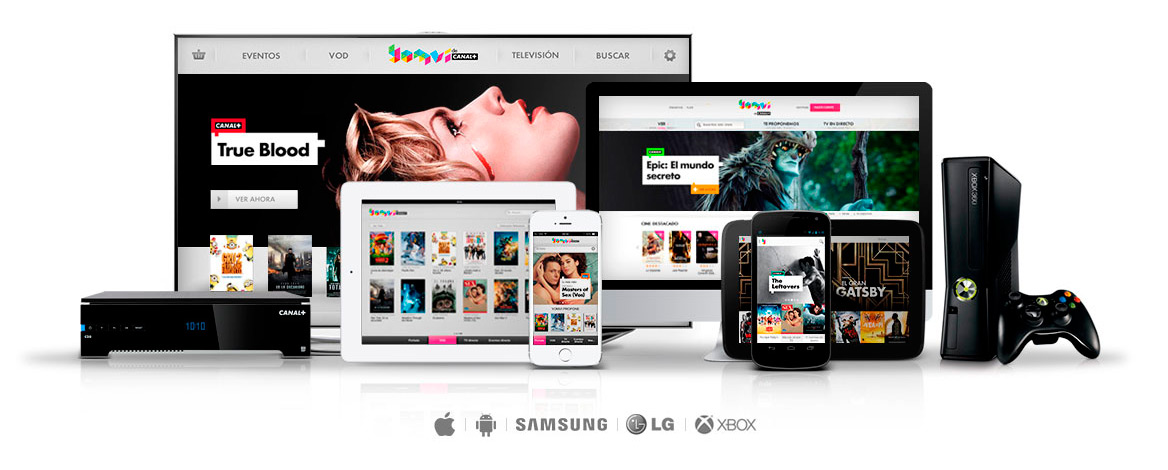
OTT TV services are increasingly important to pay-TV service providers as they deploy multiscreen offerings to complement their core services and compete more effectively with Internet-based rivals. But delivering them to consumer electronic (CE) devices such as PCs, tablets, smartphones, video game consoles, and smart TVs presents several significant challenges regardless of the operator’s network type – whether telco, cable, or satellite – or streaming protocols like MPEG DASH. These include keeping control over device platforms themselves, over content security and over the overall TV experience–which can be best achieved through the implementation of a secure video player.

Keeping control over device platforms
Service providers are dependent upon strategic and technological decisions taken by device manufacturers and software platform providers. This can leave them vulnerable, for example, to changes in browser platforms used on PCs and to the Android and iOS operating systems powering mobile devices. This can also mean that multiscreen TV applications that worked previously may suddenly stop streaming content, creating havoc with subscribers and leading to calls to customer-care centers, dissatisfaction with the operator, damage to its brand, and loss of revenue. We’ve seen this happen recently with Google’s phasing out of the Netscape Plug-In API (NPAPI) in the Chrome browser. Rather than cement and strengthen the relationship between pay-TV service providers and their customers, OTT TV – if not deployed carefully – could potentially end-up undermining customer confidence.
Keeping control over content security
Service providers also need to ensure that content security standards are not compromised by choosing a vertical, per-device, per-platform and per-browser vendor approach, and that content usage rules are respected. New industry standards like MPEG DASH have clearly helped reduce streaming workflow complexity as well as the risks and costs of dealing with platform fragmentation. Yet DASH does not answer all service provider needs on its own. For instance, Hollywood studios and other rights holders need to control content casting to larger screens without authorization as it has become a key concern in rights negotiations. A secure player solution that can manage this requirement and ensure that content is played out on the intended screens as laid down in the negotiated contract (with secure reporting back to the content rights owners) offers significant value to service providers.
Keeping control over the overall TV experience
Last but not least, the provision of a consistent set of pay-TV-centric features and use cases, available across all devices and platforms, is absolutely key to the success of service providers. Here again, such capabilities are best provided by a secure player with advanced capabilities that enrich the user experience while increasing ARPU and customer loyalty as well as use cases such as controlled content casting or sharing between devices.
Beyond security: why a Secure Player is required
In the early days of OTT TV, the licensing of premium content was mainly a DRM issue. While relying on a studio-approved DRM is the norm, new requirements – which result from the huge uptake in OTT TV consumption and a new market vision by content owners – have set new expectations that increase the need for service providers to adopt a multipurpose, multi-platform secure player solution.
Today, service providers need to look beyond content security to ensure that their OTT TV services function optimally. These include the provision of :
- Video trick modes
- Multi-CDN interfacing and dynamic selecting
- Multi-audio, close captioning and multi-language subtitles
- Parental and device playout control
- Advanced features such as Download-to-Go, Electronic-Sell-Through and Dynamic Advertising Insertion
- Detailed user-behavior analytics
The implementation of all these functions, that need to be packaged together on the client side before interfacing with backend systems, is best achieved with a secure video player.
The NAGRA MediaLive Secure Player
NAGRA has more than 20 years of industry experience in securing the business models of some of the world’s largest pay-TV service provider and has delivered multiscreen OTT TV solutions to more than 20 leading pay-TV operators worldwide including DISH Network in the USA, Canal+ Group in France, Telefonica/Canal+ in Spain and StarHub in Singapore.
The NAGRA MediaLive Secure Player, which embeds NAGRA anyCAST PRM, a DECE and DTLA-approved DRM, was designed to give service providers a powerful tool for delivering a superior, seamless consumer experience that translates into a fast ROI while reducing risks in terms of customer satisfaction, costs overruns, and content-security risks.
With the NAGRA MediaLive Secure Player, service providers can enable OTT services with the best content on every screen along with:
- Faster time-to-market
- Better device reach
- Enhanced and consistent QoE
- Lower operational costs
- Fewer business risks
In addition, it ensures that service providers are continuously protected from potentially disruptive changes by CE software providers and stay in control of their OTT TV services as technology evolves and as consumer viewing habits develop.
For more information on how your business can benefit from a Secure Player strategy, download our latest white paper here and contact us at [email protected].
